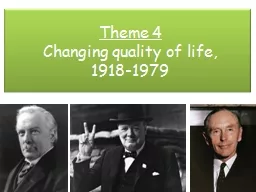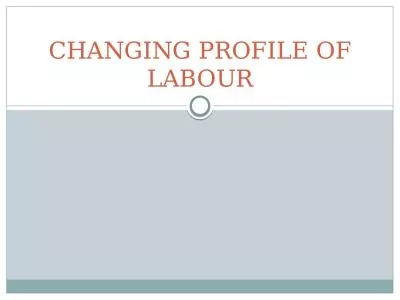PPT-Theme 4 Changing quality of life,
Author : jane-oiler | Published Date : 2018-11-20
19181979 Task The following slides provide you with some key points to consider Build on these points using your class notes and the core textbook Follow up on
Presentation Embed Code
Download Presentation
Download Presentation The PPT/PDF document "Theme 4 Changing quality of life," is the property of its rightful owner. Permission is granted to download and print the materials on this website for personal, non-commercial use only, and to display it on your personal computer provided you do not modify the materials and that you retain all copyright notices contained in the materials. By downloading content from our website, you accept the terms of this agreement.
Theme 4 Changing quality of life,: Transcript
Download Rules Of Document
"Theme 4 Changing quality of life,"The content belongs to its owner. You may download and print it for personal use, without modification, and keep all copyright notices. By downloading, you agree to these terms.
Related Documents














